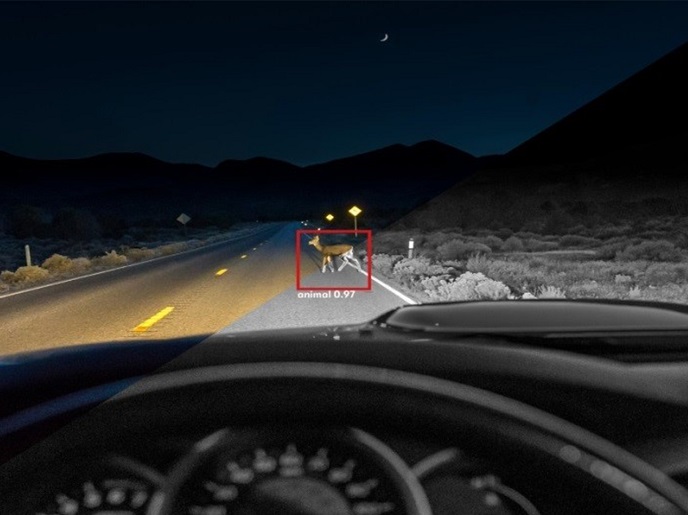Ions trapped on a chip
The Microtrap project has made an important step towards this goal by developing state-of-the-art techniques for trapping ions – atoms/molecules that lose or gain electrons - on a chip. With ions nearly motionless and lined up neatly along the trap axis, a laser beam can interact with one specific ion, then a different one and control the complex interactions between them. This makes trapped ions promising information carriers in quantum computing. Conventional computers store and process information as bits with one of the two values: '0' and '1'. But a quantum computer would exploit the ability of subatomic particles to embody more than one state at a time. Scientists try to explain the phenonemon using the example of Shrodinger's cat – a thought experiment in which a cat in a box is both alive and dead until someone opens the box to determine it. In a quantum computer, every qubit is simultaneously '0' and '1'. With two qubits together, you have a system whose values are simultaneously every value from '0' to '3'. The essential building blocks for quantum computing have been realised over the last decade using linear strings of a few ions. To achieve the full potential of trapped-ion quantum computing, the Microtrap project sought to scale them up to involve many ions interacting with one another in different combinations. One way of achieving this was through the miniaturisation of trapped ion architectures. To divide traps into segments so ions can be sorted in arbitrary arrangements was another. But the Microtrap researchers went further. They also fabricated microtraps using existing manufacturing techniques from the chip-making industry. For this purpose, a number of competing technologies were considered, including ceramic wafer three-dimensional (3D) layered traps, two-dimensional (2D) planar surface traps and 3D silica-on-silicon traps. Working on this basis, the researchers were successful in building microtraps suitable for quantum information processing. Mounted on standard chip carriers, these microtraps allow ions to be confined under vacuum conditions and their states manipulated using a laser. This has the advantage of generating less noise (interference) because the electrodes keep the particles much further apart than usual. A quantum computer literally stops working if any interference - even thermal noise - gets in from the outside world. What the Microtrap project has achieved moves the frontier of what scientists can do and gives tantalising insight into the smallest building blocks of our world.




